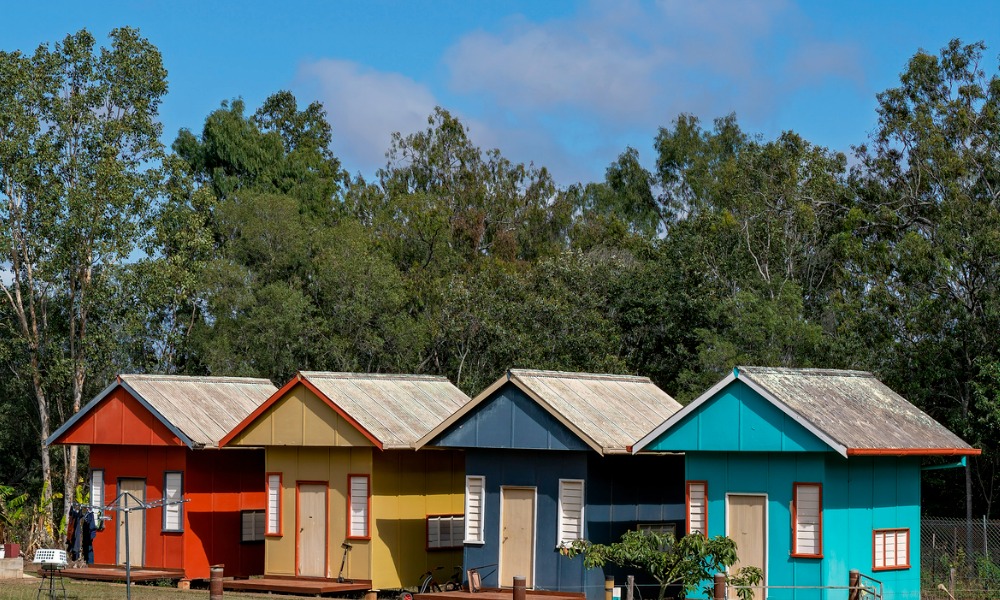Affordability is a key factor in its future prospects

The global tiny homes market is set to grow by $3.57 billion, progressing at a CAGR of 4.45% from 2021 to 2026, according to the latest market research from Technavio.
Such properties come in the form of mobile tiny homes and stationary tiny homes, usually less than 400 sq. ft. in size., with those options having proven popular because of the access to the housing market and affordability they offer.
Read next: New home sales fall amid rising mortgage rates and prices
The price of a tiny home comprises only a small fraction of that of a traditional home at $10,000 to $30,000, pushing homebuyers to make the switch in a time of rising mortgage rates and inflation. This trend is most apparent among the youth and retired individuals who have a larger need to optimize savings.
“The high cost of constructing a conventional home exerts financial strains on the buyer,” Technavio said in the report. “Hence, the high cost of these conventional homes significantly compels consumers to opt for these tiny homes, thereby acting as a major driver for market growth.”
More than half of the market growth will originate from North America during the forecast period, with the US and Canada as the key locations for tiny homes.
Read more: US mortgage rates see biggest fall for over two years
Despite the high demand for tiny homes in the US, Technavio found the opposite for developing economies in the APAC and MEA due to the lack of supply and awareness.
“People in developing countries have limited knowledge and awareness about the availability of such homes and prefer to buy conventional homes,” Technavio said in the report. “The lack of presence of major vendors, coupled with the low preference of consumers to purchase such homes, acts as a major challenge for the market.”
Technavio noted that China and Japan have the most potential for growth when it comes to adopting the tiny home market in the APAC since their “suitable demographics” are more likely to be receptive toward unconventional residences.



